- You have no items in your shopping cart
- Subtotal: $0.00
Types of bearded dragon colors
Bearded dragons, scientifically known as Pogona vitticeps, have captivated reptile enthusiasts with their mesmerizing beauty and unique personalities. Beyond their captivating behaviors, these remarkable creatures showcase a wide array of stunning colors that make them a visual delight.
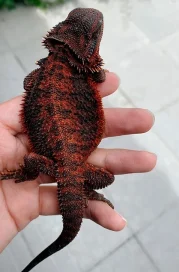
From the warm hues of oranges and yellows to the striking shades of reds and greens, the diverse palette of bearded dragon colors never fails to amaze. In this blog post, we will explore the fascinating world of bearded dragon colors, understanding the various factors that influence their pigmentation, Bearded dragon colors chart and uncovering some of the most captivating color morphs in the bearded dragon kingdom.
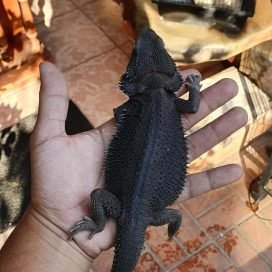
Understanding Bearded Dragons Colors
Bearded dragons exhibit remarkable coloration due to a combination of genetic factors, environmental influences, and their unique ability to change their skin color based on mood, temperature, and overall health. Understanding the science behind bearded dragon colors can help us appreciate their stunning appearance even more.
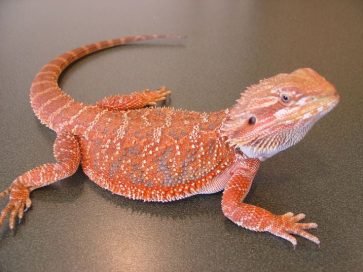
a) Natural Coloration: Wild bearded dragons typically display hues of brown, grey, and muted greens to blend in with their natural habitat. This natural camouflage helps them stay hidden from predators.
b) Genetic Variations: Through selective breeding, breeders have introduced a range of color morphs in bearded dragons. These genetic variations result in striking colors and patterns that are not typically found in wild populations.
c) Environmental Influences: Environmental factors such as temperature, UVB exposure, and diet can also impact a bearded dragon’s coloration. Proper care and an ideal environment can enhance the vibrancy of their colors.
Common Bearded Colors
a) Citrus Colors: This vibrant coloration features various shades of oranges and yellows, reminiscent of ripe citrus fruits. Citrus bearded dragons exhibit a sunny disposition and are often sought after for their cheerful appearance.
b) Red and Orange: Ranging from fiery reds to deep oranges, this coloration evokes warmth and intensity. Red and orange bearded dragons are popular for their bold and eye-catching presence.
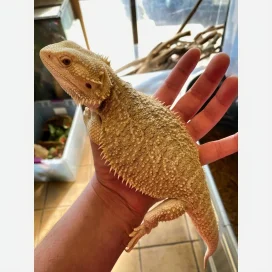
c) Hypomelanistic Morphs: Hypomelanistic bearded dragons display reduced melanin pigmentation, resulting in lighter shades of their natural colors. These morphs showcase beautiful pastel tones and can be found in various shades such as hypo-red, hypo-yellow, and hypo-orange.
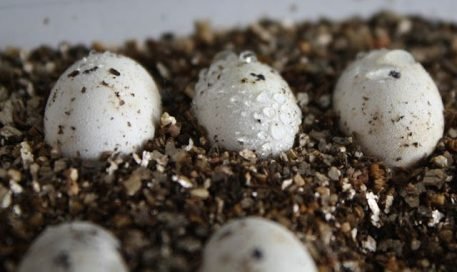
d) Translucent Morphs: Translucent bearded dragons possess scales that allow light to pass through, creating a unique translucent effect. This coloration often combines with other hues, resulting in breathtaking dragons with a distinctive appearance.
Rare and Exotic Colors
a) Blue and Purple: While blue and purple are uncommon colors in bearded dragons, there are a few fascinating morphs that showcase these shades. These dragons have a mystical allure, bearded dragon colors for sale and their rare coloration adds to their overall enchantment.
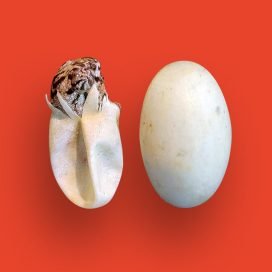
c) Leatherback Morphs: Leatherback bearded dragons possess a unique scale structure that gives them a smooth, leather-like appearance. They come in a variety of colors, adding an extra layer of intrigue to their already mesmerizing aesthetic.
d) Silkback Morphs: Silkback bearded dragons lack the typical scales found in other morphs. Instead, they have smooth, silky skin, often displaying vibrant colors and patterns. Due to their delicate skin, silkbacks require special care and attention.
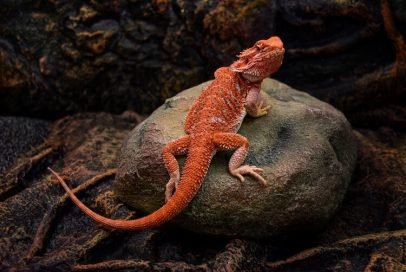
Caring for Bearded Dragons to Enhance Color
To maintain the vibrant colors of your bearded dragon, it is important to provide them with optimal care and a suitable habitat. Here are some key factors to consider:
a) Lighting and UVB Exposure: Bearded dragons require access to UVB light to synthesize vitamin D3 and maintain overall health. UVB rays also play a crucial role in enhancing their coloration. Use high-quality UVB bulbs specifically designed for reptiles and ensure they are replaced regularly as their effectiveness diminishes over time.
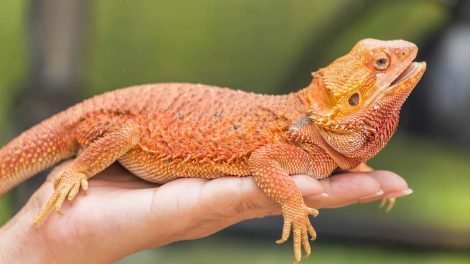
b) Temperature Regulation: Bearded dragons are ectothermic, meaning they rely on external heat sources to regulate their body temperature. Maintaining an appropriate temperature gradient within their enclosure is vital. Provide a basking spot with a temperature of around 95-105°F (35-40°C) and a cooler side around 75-85°F (24-29°C). A proper heat gradient helps them digest food, maintain overall health, and promote vibrant colors.
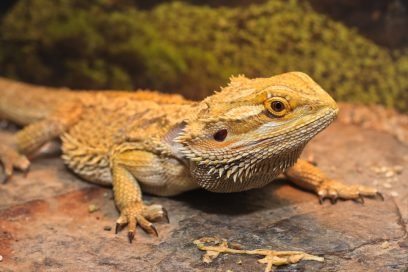
c) Balanced Diet: A nutritious and balanced diet is essential for the well-being and color vibrancy of bearded dragons. Offer a variety of gut-loaded insects such as crickets, dubia roaches, and mealworms. Additionally, provide a mix of leafy greens, vegetables, and occasional fruits. Proper supplementation with calcium and vitamin D3 is also important for their overall health.
d) Hydration: Ensure your bearded dragon has access to clean, fresh water at all times. While they obtain most of their hydration from their food, it is still important to provide a water dish for drinking and occasional soaking.
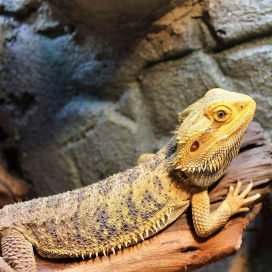
e) Enclosure and Enrichment: Provide a spacious and secure enclosure that mimics their natural habitat. Include a variety of hiding spots, climbing branches, and basking areas. Bearded dragons are curious creatures, and providing environmental enrichment like fake plants, Rare bearded dragon colors tunnels, and toys can stimulate their natural behaviors and overall well-being.
The Enduring Fascination with Bearded Dragons Colors
The vibrant colors of bearded dragons have captivated reptile enthusiasts for years. Their ever-evolving variety of color morphs and the opportunity for breeders to create new combinations have only added to the fascination. The demand for unique and rare colorations continues to grow, making the world of bearded dragon breeding an exciting and dynamic field.
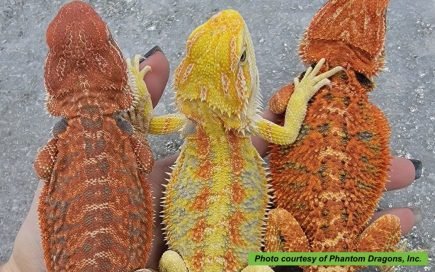
Beyond their aesthetic appeal, the colors displayed by bearded dragons can also serve as indicators of their health and mood. A dull or faded coloration may be a sign of stress, illness, Blue bearded dragon colors or inadequate care, highlighting the importance of providing them with proper husbandry and a stress-free environment.
The allure of bearded dragon colors extends beyond their owners. These reptiles play a significant role in education, research, and conservation efforts. By studying their genetic variations and understanding the mechanisms behind their pigmentation, scientists can gain valuable insights into evolutionary processes and genetic inheritance. What is the most common type of bearded dragon?
The Art of Breeding Dragons for Color
The art of breeding bearded dragons for specific color morphs has gained immense popularity among reptile enthusiasts. Through selective breeding, breeders aim to create and refine unique color combinations, patterns, and traits. This process involves careful pairing of dragons with desirable color genetics to produce offspring with the desired characteristics.
Breeders focus on identifying and working with dragons that carry the genetic potential for specific color morphs. By selectively breeding individuals with similar color traits, they increase the likelihood of producing offspring with the desired colors. This meticulous process requires patience, knowledge of genetics, and a deep understanding of bearded dragon traits.

Additionally, breeders often collaborate and share their knowledge to further advance the field. They participate in breeding programs, attend reptile expos, and engage with online communities to exchange information and expand their understanding of bearded dragon genetics. This collective effort contributes to the diversity and availability of various color morphs in the market.
- Ethical Considerations and Responsible Ownership (200 words):
While the pursuit of breeding unique color morphs is exciting, it is essential to approach it with ethics and responsible ownership in mind. Breeding should prioritize the health and well-being of the dragons rather than solely focusing on aesthetics. Breeders should ensure proper care, What is the rarest color of bearded dragon? genetic diversity, and maintain high standards of welfare for their animals.
Prospective owners interested in acquiring a bearded dragon with specific coloration should research reputable breeders who prioritize the health and genetic integrity of their dragons. It is crucial to choose breeders who prioritize responsible breeding practices, proper documentation, Bearded dragon colors chartand transparent communication.
Furthermore, potential owners must be prepared to provide the necessary care, environment, and resources to support the well-being of their bearded dragon. This includes understanding their dietary needs, habitat requirements, and the commitment required for their long-term care.
Frequently Asked Questions and Answer about Bearded Dragons Colors
<div class=”rank-math-questions-item”><h3 class=”rank-math-tooltip” data-key=”What is the rarest color of bearded dragon?” role=”presentation”>What is the rarest color of bearded dragon?</h3></div><div class=”rank-math-questions-item”><h3 class=”rank-math-tooltip” data-key=”What do the colors of a bearded dragon mean?” role=”presentation”>What do the colors of a bearded dragon mean?</h3></div><div class=”rank-math-questions-item”><h3 class=”rank-math-tooltip” data-key=”How many types of bearded dragons are there?” role=”presentation”>How many types of bearded dragons are there?</h3></div><div class=”rank-math-questions-item”><h3 class=”rank-math-tooltip” data-key=”What is the most common type of bearded dragon?” role=”presentation”>What is the most common type of bearded dragon?</h3></div>
Conclusion
The world of bearded dragon colors is a testament to the marvels of nature and the captivating possibilities that arise from selective breeding. From the warm tones of citrus dragons to the rare and exotic blue and purple morphs, these reptiles offer a kaleidoscope of colors to admire. Understanding the factors that influence their pigmentation enhances our appreciation for these enchanting creatures. blue bearded dragon for sale
When considering a bearded dragon as a pet, it is essential to remember that proper care, nutrition, and a suitable habitat are crucial for maintaining the vibrancy of their colors. By providing a healthy environment, we can ensure that these magnificent creatures continue to delight us with their stunning hues and bring joy to reptile enthusiasts worldwide. How many types of bearded dragons are there?

